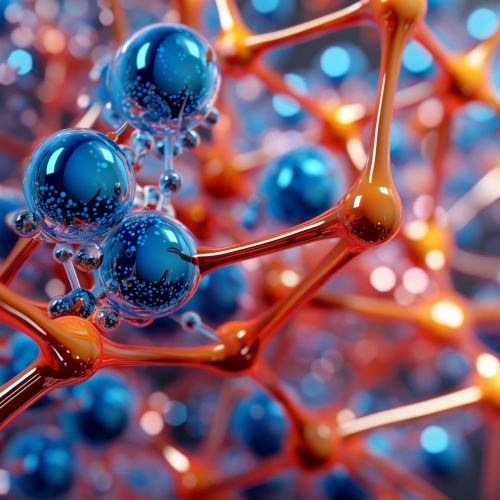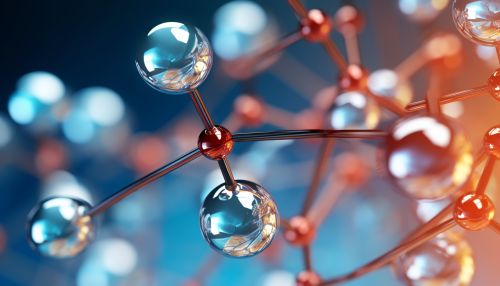Catalase
Introduction
Catalase is a common enzyme found in nearly all living organisms exposed to oxygen. It promotes the decomposition of hydrogen peroxide to water and oxygen. Catalase has one of the highest turnover numbers of all enzymes; one catalase molecule can convert millions of hydrogen peroxide molecules to water and oxygen each second.
Structure
Catalase is a tetramer of four polypeptide chains, each over 500 amino acids long. It contains four porphyrin heme (iron) groups that allow the enzyme to react with the hydrogen peroxide. The optimum pH for human catalase is approximately 7, and has a fairly broad maximum (the rate of reaction does not change appreciably at pHs between 6.8 and 7.5). The pH optimum for other catalases varies between 4 and 11 depending on the species. The optimum temperature also varies by species.
Function
Catalase enzymes serve to protect cells from the toxic effects of hydrogen peroxide. By catalyzing the conversion of hydrogen peroxide to water and oxygen, they prevent the formation of harmful hydroxyl radicals, which can damage a variety of cellular components. Catalase enzymes also play a role in the immune response, as they can stimulate immune cells to respond to invading pathogens.
Mechanism
The reaction catalyzed by catalase is a two-step process. The first step is the reaction of the enzyme with one molecule of hydrogen peroxide to produce water and an enzyme-bound oxyferryl species. In the second step, this active intermediate reacts with a second molecule of hydrogen peroxide to produce water and oxygen and regenerate the enzyme.
Clinical Significance
Deficiency in catalase activity can lead to a condition known as Acatalasia, which can result in oral gangrene and ulcers. This condition is rare, but can be life-threatening if not treated. Catalase activity can also be used as a diagnostic tool, as it is often elevated in patients with certain types of cancer.
See Also


